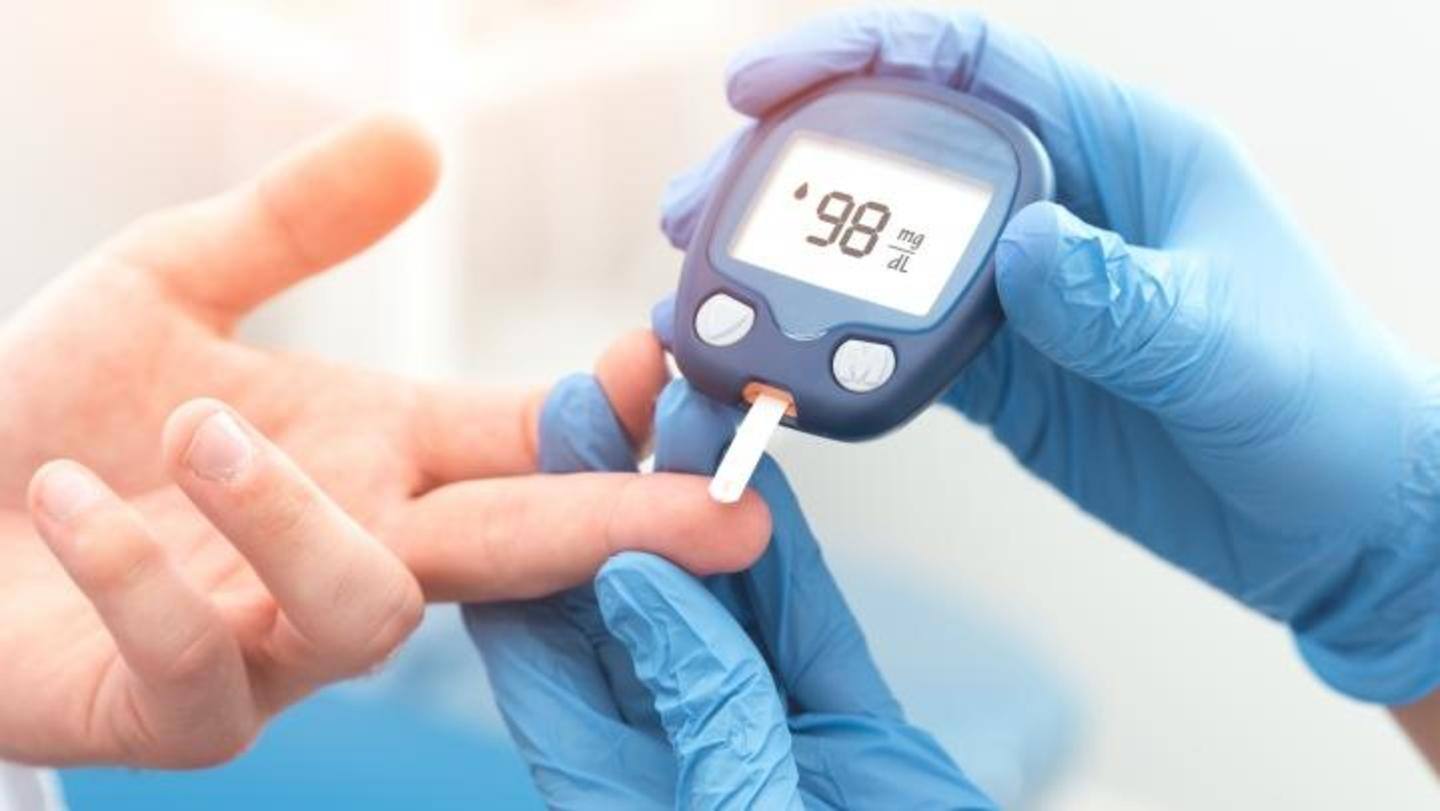Last updated on
06/13/2021, 10:37 pm
Diabetes is caused by insufficient or low production of insulin
Diabetes mellitus is a metabolic disease that leads to high blood sugar.
The hormone insulin is responsible for transporting blood sugar into the cells for storage or energy supply.
But when you have diabetes, your body either doesn’t make enough insulin or can’t use the insulin it makes effectively.
Here are some of the types, symptoms, and healthy lifestyle changes that you should be looking at.
Diabetes mellitus can be roughly divided into four types
Type 1 diabetes is a rare form of diabetes in which the pancreas makes little or no insulin.
The second and more common type 2 diabetes occurs when the body becomes resistant to insulin.
Prediabetes is a condition in which blood sugar is high but not high enough to be called type 2 diabetes.
After all, gestational diabetes occurs in pregnant women.
There are some common symptoms associated with diabetes

An increase in blood sugar levels can give way to symptoms such as increased appetite, weight loss, frequent urination, fatigue, and prolonged wound healing.
You may also experience blurred vision that temporarily stops when sugar levels rise.
Urinary tract infections, yeast infections, and dry, itchy skin are some additional symptoms that are common in women.
Clinical diagnosis of diabetes

Your doctor may suggest an RBS test to see if you are likely to have diabetes.
An RBS test result greater than 200 mg / dL can indicate diabetes.
Your doctor will then suggest a fasting blood sugar test and an oral glucose tolerance test (OGTT) for confirmation.
Fasting values above 126 mg / dl and OGTT values above 200 mg / dl indicate diabetes.
Steps To A Healthy Lifestyle With Diabetes

When diagnosed early enough, diabetes is a condition that can be regulated with medication and a change in healthy lifestyle.
The first and most important step is to avoid sugary drinks, desserts, and fried foods.
Next, opt for whole foods like whole grains, fruits, vegetables, lean proteins, low-fat dairy products, and nuts.
Finally, you should be physically active for at least 30 minutes to maintain an active lifestyle.
